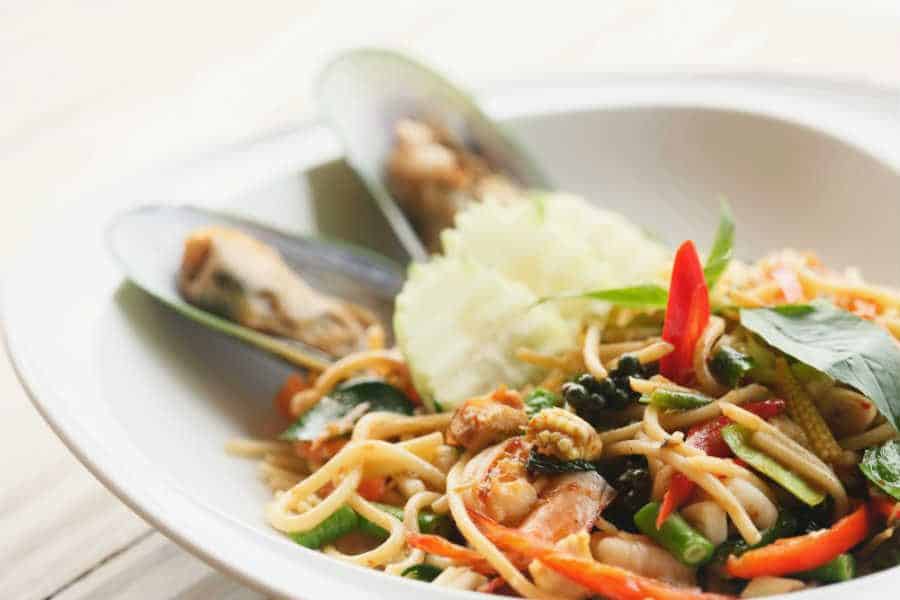Saving The Future Of Italy’s Seafood

Naturally, with its long coastline, Italy has an abundant history of great seafood and fishing. There are many regional variations in Italian seafood. Along the Adriatic coast, you would traditionally eat eels and clams. In Northern Italy, larger fish, especially cod, are very popular ingredients in traditional dishes. Traditional central Italian seafood tends to come from anchovies, sardines, and tuna. The Calabrian region retains a lot of Spanish and French influences, as reflected in the popularity of swordfish, shrimp, squid, and lobster. Along the Venetian coast, risotto is often made with seafood ingredients, or fish.
A formal Italian dinner is made up of several courses. Two pre-meal courses act as appetizers, followed by a hot first course, typically soup or pasta. The second course is generally meat or fish, and in Southern Italy seafood is quite common. It is usually served with a side dish, followed by cheese and fruits, sweets, coffee, and liquors.
Italian seafood is wonderful, but it is at risk of being lost forever. Around the world, up to 80 percent of the world’s fish populations are in danger of extinction.
The Dangers of Overfishing
However, overfishing for these local favorites has decimated many fish populations. Illegal fishing operations are partially to blame. They fish outside of approved seasons, threatening the reproductive cycle and preventing the species from repopulating each year. Many also use bottom trawlers to catch more fish, dragging their nets along the bottom of the sea and damaging the coral and plant life that fish rely upon for their food sources.
Even legal fishing takes its toll. Boats use sonar, satellites, and even airplanes to track schools of fish and catch them in nets that might stretch for miles to trap as many fish as possible. All of that is done to feed the world’s growing hunger for fish, estimated at 100 million tonnes consumed each year.
What Can You Do?
The solutions are complicated, but there is room to take action at almost any level. Eating sustainably caught fish and avoiding eating those at the worst risk of being lost is a step that any average consumer can take, reducing the demand and hopefully easing the overfishing of those populations.
So when you sit down at an Italian restaurant, whether it is on the shores of the Italian coastline or in your hometown, you will want to be mindful of which fish and seafood courses you are ordering. Some, such as the date mussels, or datteri di mare, are illegal to catch and have been since 1988 because they take 80 years to mature and are almost gone, but you may still see them on a Sorrentine menu. Despite that, pirate fishers capture and sell 2 million Euros a year of date mussels.
Seafood To Avoid Eating in Italy:
- Salmon (salmone)
- Red Tuna (tonna rosso)
- Wild Caught Eels (Anguilla)
- Scallops (capsanta)
- Grouper (cernia)
- Swordfish (pesce spade)
- Hake (nasello)
- Skate (razza)
- Date Mussels (datteri di mare)
- Whitebait (bianchetti)
Seafood You Can Eat:
- Anchovies (acciughe)
- Gray Mullet (cefalo)
- Mussels (cozze)
- Shrimp (gamberetto)
- Cod (Merluzzetto)
- Oysters (ostriche)
- Bonito (sarda)
- Sea Cicadas (pannocchia)
- Mackarel (sgombro)
- Squid (calamaro)
So the next time you sit down and enjoy an Italian seafood dinner, remember that while there are many fish in the sea, we all have to work together if we want to keep it that way. If you’re interested in trying some Italian seafood yourself, visit Italian Garden in San Marcos, TX.

